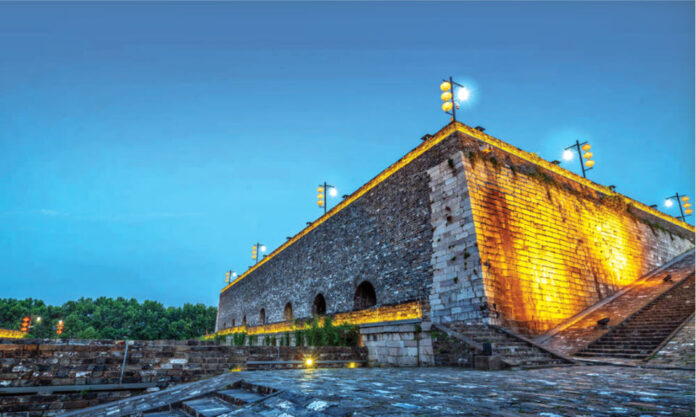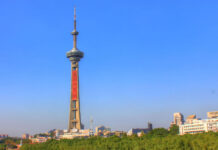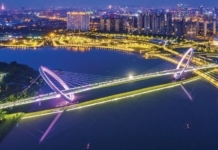Many will be familiar with the impressive data set accompanying Nanjing’s Zhonghua Men. The biggest citadel on Earth still in existence, capable of housing a garrison of 3,000 soldiers and likely the most complex structure of its time.
But that would belie its most ominous (and rather obvious when thought about) fact, one which is encapsulated the ancient Chinese idiom, “Catching turtles in a jar” (瓮中捉鳖; weng zhong zhuo bie), originating in the Yuan Dynasty. It’s a simple metaphor; that you seek to capture is already within your grasp.
For Zhonghua Men’s architects were so conniving that the actual barbican of the citadel is located inside the perimeter that is the Nanjing City Wall. Meanwhile, each of the citadel’s archways has a double leaf iron gate that can be opened and closed from above.
When under serious attack, it was therefore more or less child’s play to open the gate for the invaders to penetrate and promptly shut it behind them. At that point they would be trapped and surrounded, with that enormous garrison soldiers above, ready and willing to unleash annihilation.
Significantly more serene today, other than during its dramatic evening audio-visual shows detailing the glory of past battles, Zhonghua Men was formerly known as Jubao Men. It was named thus after being first built in the Yuan Dynasty between 1366 and 1367, after which the early days of the Ming Dynasty saw the Gate expanded between 1369 and 1375.
Then nothing much happened until 1931, when the Republican-era government changed its name to Zhonghua Men and decided to put two more gates in the City Wall on either side of the original Jubao Men, today’s East and West gates of Zhonghua Men, which could simultaneously meet the new need for vehicles in a north-south direction.
Zhonghua Men measures 118.5 metres from east to west and 128 metres from north to south, occupying a total area of some 15,168 square metres. Or put another way, it’s the size of Alexanderplatz in Berlin.
Inside, the main gate comprises 27 caverns over three floors to accommodate those garrisons of soldiers, together with all their supplies. Then there are the access ramps on the east and west wings, 11.5 metres wide and 86.1 metres long, for horses to pull the might of the military onto the City Wall.
And smack bang in the centre of the Gate, its plaque, with the characters “Zhonghua Men” (中华门) inscribed in the hand of Chiang Kai-shek.












